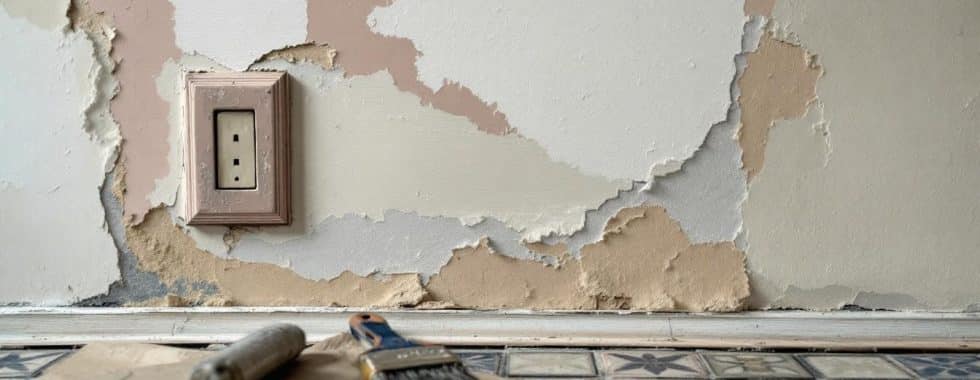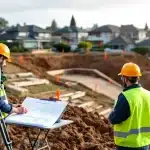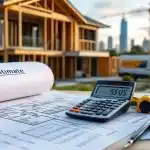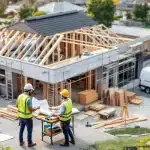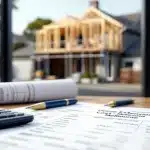How to Renovate a Period House: Tips and Techniques
Period house renovations are a delicate balance of preserving history and embracing modern comfort. At Cameron Construction, we’ve seen firsthand the challenges and rewards of breathing new life into these architectural treasures.
Our guide will walk you through the essential steps of renovating a period home, from understanding its unique characteristics to implementing key restoration techniques. We’ll share our expertise to help you navigate the complexities of updating an older property while maintaining its timeless charm.
What Makes a Period House Unique?
Decoding Architectural Styles
Period houses stand as architectural time capsules, each narrating a story of bygone eras through distinct features and materials. Victorian, Edwardian, Federation – these terms unlock your home’s past. Victorian homes (1840-1900) showcase ornate facades with intricate iron lacework and colourful tile work. Edwardian houses (1901-1910) typically feature red brick exteriors and return verandahs. Federation style (1890-1915) blends these elements, adding Australian motifs like flora and fauna in decorative features.
Identifying your home’s style guides renovation choices. For instance, maintaining original iron lacework proves essential in preserving a Victorian terrace’s character.
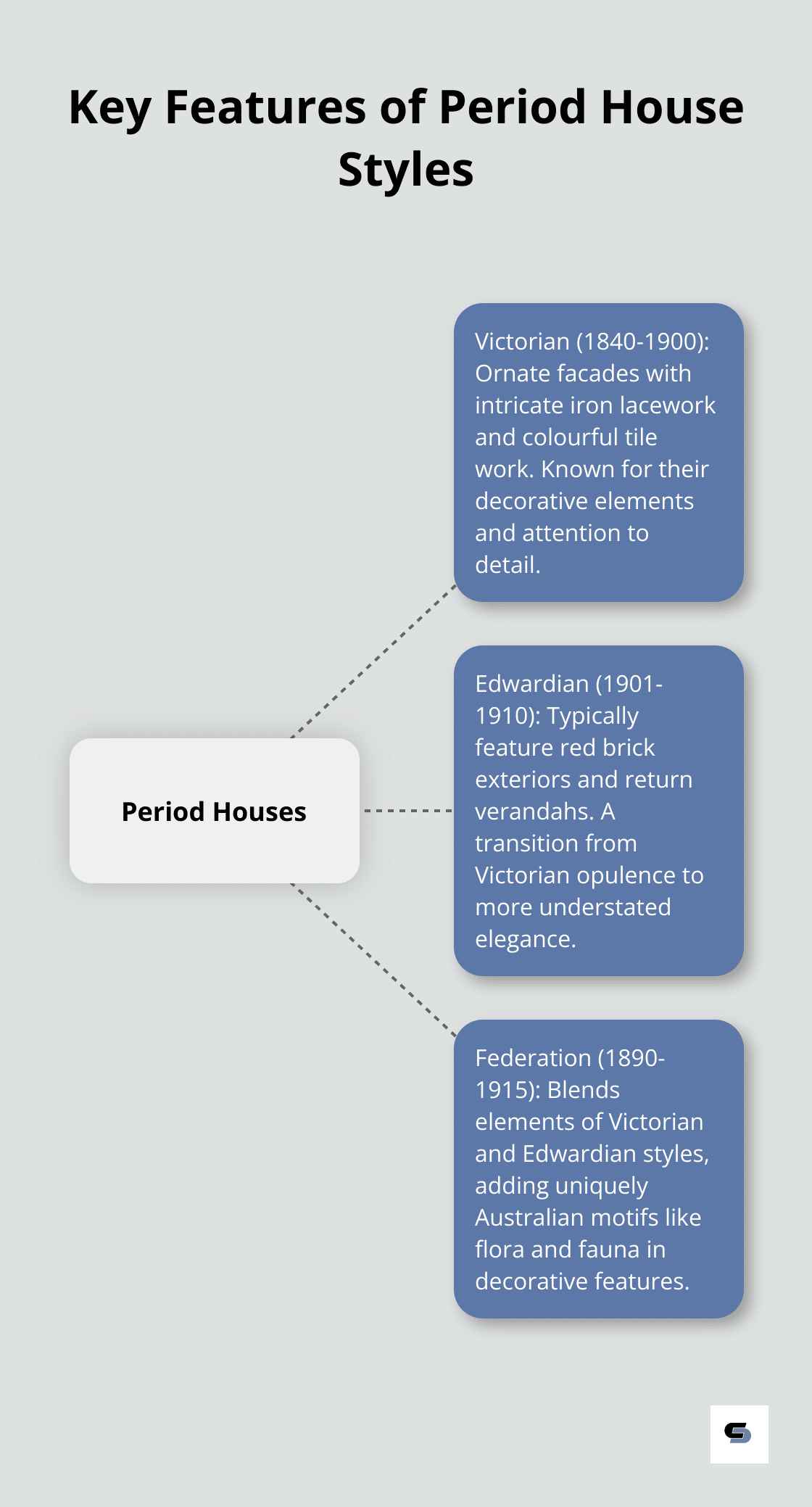
Materials Matter
The materials used in period homes often surpass modern alternatives in quality. Hardwoods like Jarrah and Blackbutt, commonly used for flooring and structural elements, offer unmatched durability. Bluestone foundations, visible in many Melbourne period homes, have withstood over a century.
Understanding these materials enables authentic restorations. Sourcing reclaimed Baltic pine to match original floorboards ensures a seamless blend of old and new.
Preserving Historical Elements
While gutting a period home might seem tempting, preserving historical elements adds irreplaceable value and character. Emphasising original character and maintaining historical styles are significant aspects of preservation. Original features like ceiling roses, cornices, and fireplaces represent pieces of history. A carefully restored original marble fireplace can become the centrepiece of a modernised living room.
Preservation extends beyond aesthetics. Many period homes in Melbourne feature unique passive cooling systems (high ceilings and strategically placed windows) that remain effective today. Maintaining these features while complementing them with modern, energy-efficient solutions optimises the home’s performance.
Unique Challenges of Period Homes
Period homes present unique challenges. Outdated wiring, plumbing issues, and structural concerns often hide behind beautiful facades. Addressing these issues requires specialised knowledge and careful planning.
For example, updating electrical systems in a Victorian-era home demands a delicate touch to avoid damaging original plasterwork. Similarly, improving insulation in heritage-listed properties requires innovative solutions that don’t compromise the building’s integrity.
The Value of Professional Assessment
Every period home tells a unique story. While these guidelines offer a starting point, a professional assessment uncovers hidden gems and potential challenges. Thorough inspections ensure the preservation of the house’s soul while modernising it for 21st-century living.
As we move forward, let’s explore how to plan your period house renovation effectively, balancing respect for history with modern comfort and functionality.
Planning Your Period Home Renovation
Comprehensive Property Assessment
Start with a thorough property assessment. Hire a qualified building inspector to examine the structure from foundation to roof. They will identify issues like rising damp, termite damage, or structural weaknesses that might not be immediately visible.
In Melbourne, homes often have crumbling mortar or compromised foundations due to soil movement. Addressing these issues early can prevent costly surprises down the line.
Prioritise Renovation Goals
List your renovation goals in order of importance. Do you want to increase living space, improve energy efficiency, or restore original features? Your priorities will guide budget allocation and project timeline.
If enhancing energy efficiency tops your list, focus on upgrading insulation and installing double-glazed windows that match the period style. The Household Energy Upgrades Fund will help more than 110,000 households lower their energy bills, ensuring homes are warmer in winter and cooler in summer.
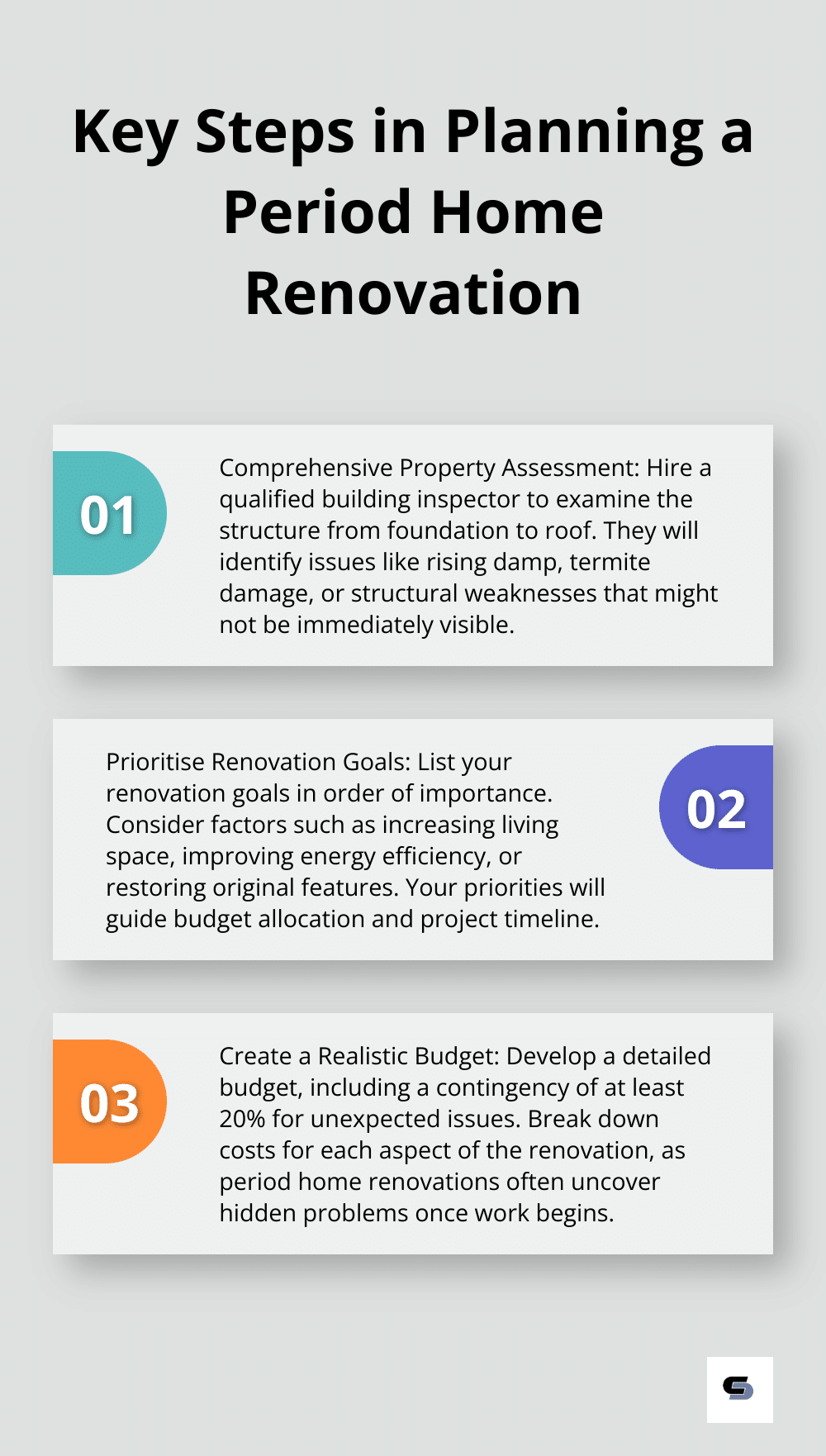
Realistic Budget Creation
Develop a detailed budget, including a contingency of at least 20% for unexpected issues. Period home renovations often uncover hidden problems once work begins.
Break down costs for each aspect of the renovation. For example, restoring an original Victorian fireplace can cost between $3,000 to $10,000 (depending on its condition and the materials used).
Navigate Permit Requirements
Obtaining necessary permits is essential, especially for heritage-listed properties. Contact your local council early in the planning process to understand requirements. In Melbourne, renovating a heritage-listed home often requires approval from Heritage Victoria.
The permit process can take several months, so factor this into your timeline. Some councils offer pre-application meetings, which can streamline the process and clarify requirements before you submit formal plans.
Assemble Your Expert Team
Choose professionals experienced in period home renovations. A specialist architect can help balance modern needs with historical integrity. When selecting builders, ask for examples of their work on similar properties.
A dedicated team familiar with the nuances of period homes can significantly reduce renovation time and stress for homeowners. (Cameron Construction, with over 40 years of experience, offers such expertise.)
With these steps, you’ll establish a solid foundation for your period home renovation. The next chapter will explore key renovation techniques to preserve your home’s historical charm while adapting it for modern living.
Mastering Period Home Renovations
Restoring Original Features
Period home renovations require a balance between preserving historical charm and incorporating modern amenities. Restoring original features often forms the core of such projects. Fireplaces can become stunning focal points. A recent Victorian fireplace restoration in a Toorak home involved careful removal of paint layers to reveal intricate tile work. This process took three weeks but transformed the living room.
For mouldings and cornices, silicone moulds help recreate damaged sections, ensuring a seamless match with existing elements. This technique can save homeowners significant amounts compared to full replacement costs.
Modernising Systems
Updating plumbing and electrical systems is essential for safety and functionality. The ‘chase and channel’ method conceals new wiring within walls, preserving original plasterwork. This approach costs about 30% more than surface-mounted solutions but maintains the home’s integrity.
For plumbing, existing chimney stacks often serve as service ducts, minimising disruption to period features. This method allows the addition of ensuite bathrooms without altering the home’s facade.
Enhancing Energy Efficiency
Improving energy efficiency while maintaining character presents a common challenge. Double-glazed sash windows offer a solution that respects the original design while significantly reducing heat loss. Switching to double glazing can reduce annual energy costs by up to 20%, depending on your property’s size and insulation needs.

Insulation is another key area. Blown-in cellulose insulation for walls can be installed with minimal disruption to lath and plaster. This method typically improves a home’s energy rating by 1.5 to 2 stars.
Addressing Structural Issues
Period homes often face structural challenges. Foundation issues are common in Melbourne’s clay soils. Hydraulic jacking systems level floors, a process that can be a cost-effective solution in many cases. This method prevents further damage and requires careful planning and execution.
Roof restoration is another critical area. Replacing a slate roof on an Edwardian home can add decades to the roof’s lifespan and improve the home’s overall value.
Choosing the Right Professionals
Selecting professionals experienced in period home renovations is vital. A specialist architect can help balance modern needs with historical integrity. When selecting builders, ask for examples of their work on similar properties. (Cameron Construction, with over 40 years of experience, offers such expertise.)
A dedicated team familiar with the nuances of period homes can significantly reduce renovation time and stress for homeowners. Try to find professionals who understand the unique challenges and opportunities presented by period properties. Effective project management is crucial for the success of these complex renovations.
Final Thoughts
Period house renovations require a delicate balance between preserving historical charm and incorporating modern comforts. We explored unique characteristics of period homes, emphasised thorough planning, and highlighted key renovation techniques. These elements form the foundation of successful period house renovations.
Energy efficiency improvements can enhance the liveability of period homes without compromising their character. Double-glazed sash windows and innovative insulation solutions make these homes more sustainable and comfortable for modern living. The complexity of these projects underscores the importance of working with experienced professionals who bring invaluable knowledge and skills.
A successful period house renovation honours the past while embracing the future. It creates a home that tells a story spanning generations and stands as a testament to architectural heritage and contemporary living. With the right approach and expert guidance, your period home can become a unique and cherished space (Cameron Construction has spent over four decades honing our craft in period home renovations).

